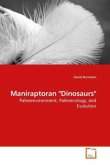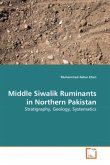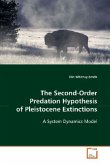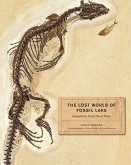Subfossil ostracods from Lake Peipsi (Estonia) presents a pilot study on the ostracod distribution in the Holocene sediments of the Lake Peipsi. Palaeoecological and palaeoclimatic interpretations are based on the ecological requirements of particular species and on the values of 18O and 13C in ostracod shell material. 8 Recent freshwater species were found in the sediments of Lake Peipsi: Darwinula stevensoni, Candona candida, Fabaeformiscandona levanderi, Fabaeformiscandona protzi, Cytherissa lacustris, Limnocytherina sanctipatricii, Ilyocypris bradyi and Herpetocypris reptans. The general distribution pattern of ostracods in drilling cores is dependant on type of sediment: calcareous mud is richly fossiliferous, in clays and in gyttja the density is remarkably lower. The study supports the idea of two shallower periods in the history of Lake Peipsi and formation of an outflow via River Narva during warm and damp Atlantic Chronozone.The book is illustrated with 16 figures and three photographic plates.








